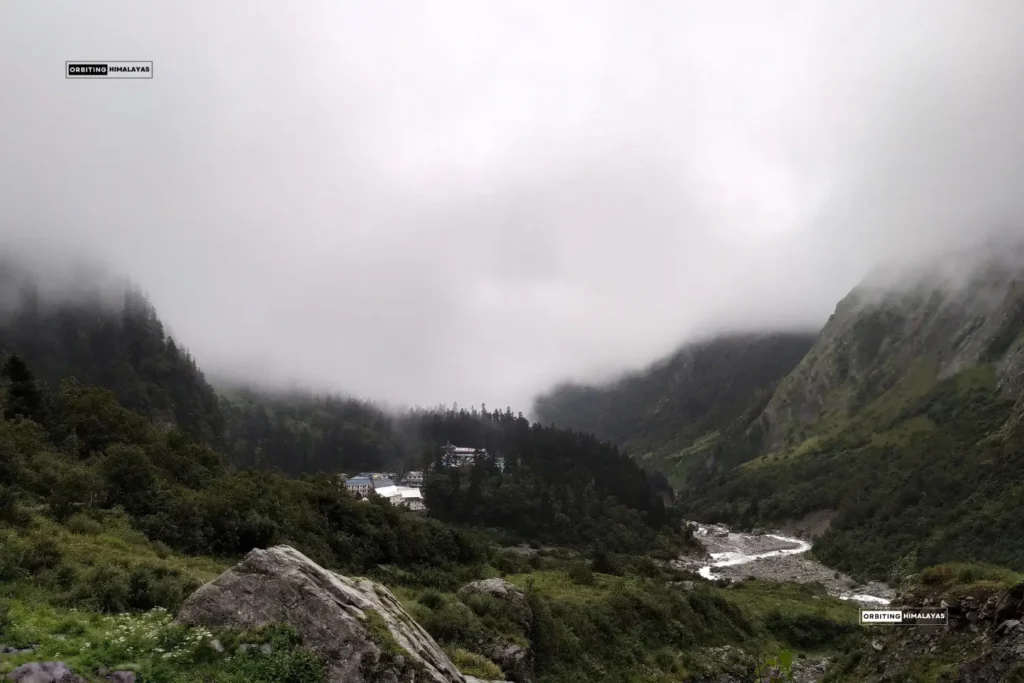Destination
Valley of Flowers
The Valley of Flowers is located in the Chamoli district of Uttarakhand. Valley of Flowers is a meadow between a snowline and a tree line. Thousands of wild flora are spread across the meadow of Valley of Flowers. It is also home to numerous wildlife, which is native to the Himalayan region. Valley of Flowers is one of the six national parks located in Uttarakhand. It is spread over 87 sq. km and is a core zone of Nanda Devi Biosphere Reserve.
As per the story of the discovery of Valley of Flowers, was first discovered by a group of three British Mountaineers in 1931. Among these three, Frank S Smythe was leading the group and made the Valley of Flowers popular by publishing a book with the same name. He also collected the seeds of various species of flowers from here.
There was another mountaineer and botanist known as Joan Margaret Legge who visited the Valley of Flowers for her research work and died there in 1939 by slipping on a rocky surface. Later her sister constructed a tomb of Joan Margaret Legge at Valley of Flowers. Today her tomb is also a major attraction for trekkers visiting the Valley of Flowers.
Soon after its discovery in 1931, Valley of Flowers gained immense popularity among nature lovers, trekkers, and mountaineers. It is home to approximately 600 species of wild flora and is covered with birch trees. Many small streams and springs flow through the valley. Acknowledging its ecological significance it was established as a national park in 1982. A few years later in 1988, the Valley of Flowers was inscribed as UNESCO World Heritage Site. Since then it has attracted the proper ecological and economic management.
As per Hindu and Sikh mythologies, the Valley of Flowers also holds a significant role in religion upfront. Some Hindu texts describe the Valley of Flowers somewhere in ‘Gandhamaadan Parvat’ which is located near Badrinath Dham. Sikhs believe that the Valley of Flowers was formed when lords from heaven showered flowers on the birth of Guru Govind Singh during his previous lifetime. There is also a gurudwara dedicated to Guru Govind Singh near Hemkund Lake, which is a few kilometres away from the Valley of Flowers.
Due to the extreme winters and heavy snowfall, Valley of Flowers remains closed for almost half a year. It usually opens during the first week of June and closes in early October every year. The best time to visit the Valley of Flowers is in July and August. During these two months, all kinds of wild flora are in full blossoms. The entire valley seems painted in vibrant rainbow colours. A few common colourful flowers found in the valley include orchids, poppies, primulas, marigolds, daisies and anemones. One can also see the Brahma Kamal or Saussurea obvallata aside from the Hemkund Lake, which is located a few kilometres apart from the Valley of Flowers.
There are various nearby attractions to Valley of Flowers, one of which is the sacred lake, Hemkund. It is a pious Sikh religious place. There is a gurudwara established aside from the Hemkund Lake and also a temple dedicated to the younger brother of Shri Ram i.e., Lakshman ji. The Lakshman Ganga originates from the Hemkund Lake. Other nearby religious places are Pandukeshwar and Badrinath Dham. Both places consist of shrines dedicated to the Hindu god Shri Hari Vishnu. The main river flowing through the Valley of Flowers National Park is Pushpawati River which is a tributary of the Alaknanda River.

Valley of Flowers
Nine-hour drive from Rishikesh to Joshimath via Devprayag, Rudraprayag, Karnaprayag, and Nandaprayag. The night stay will be at Joshimath.
22 km drive from Joshimath to Govindghat via Vishnuprayag and then a 4 km drive to Pulna village. The same day the 9km trek to Ghangharia will be covered. The trek to Valley of Flowers will be along the Pushpawati River with a view of Hathi Parvat and multiple seasonal waterfalls. The night stay will be at Ghangharia.
On day three, the 4-6 km trek to Valley of Flowers will be covered and the night stay will be at Ghangharia. This trek has breathtaking views of glaciers, meadows, wildflowers, Gauri Parvat and Nilgiri Parvat.
Day four will cover the trek to Hemkund Sahib from Ghangharia. The gurudwara has a beautiful backdrop of seven snow-covered peaks with a sacred pond known as Hemkund. The shadow of seven peaks falling on the pond gives a great glimpse of nature to the visitor. The night stay will be back at Ghangharia.
On the day fifth, the tourist will return to Govindghat from Ghangharia via a trek to Pulna village. On the same day, the drive from Govindghat to Joshimath will be covered. The night stay will be at Joshimath.
The last day includes the drive to Rishikesh from Joshimath.
